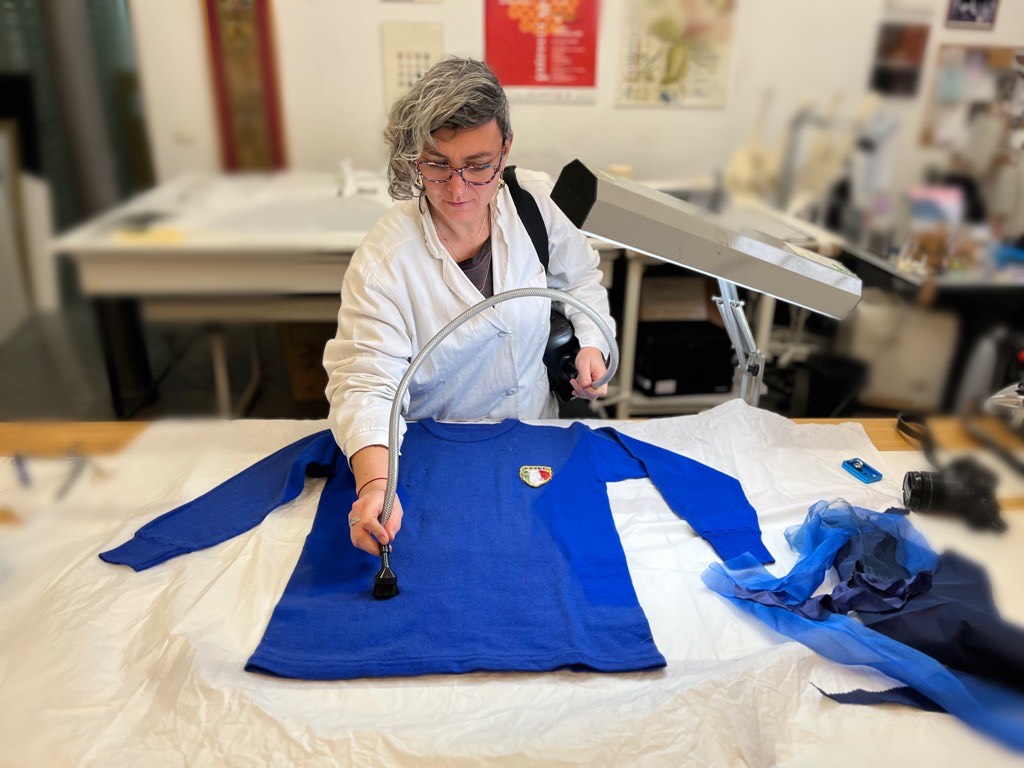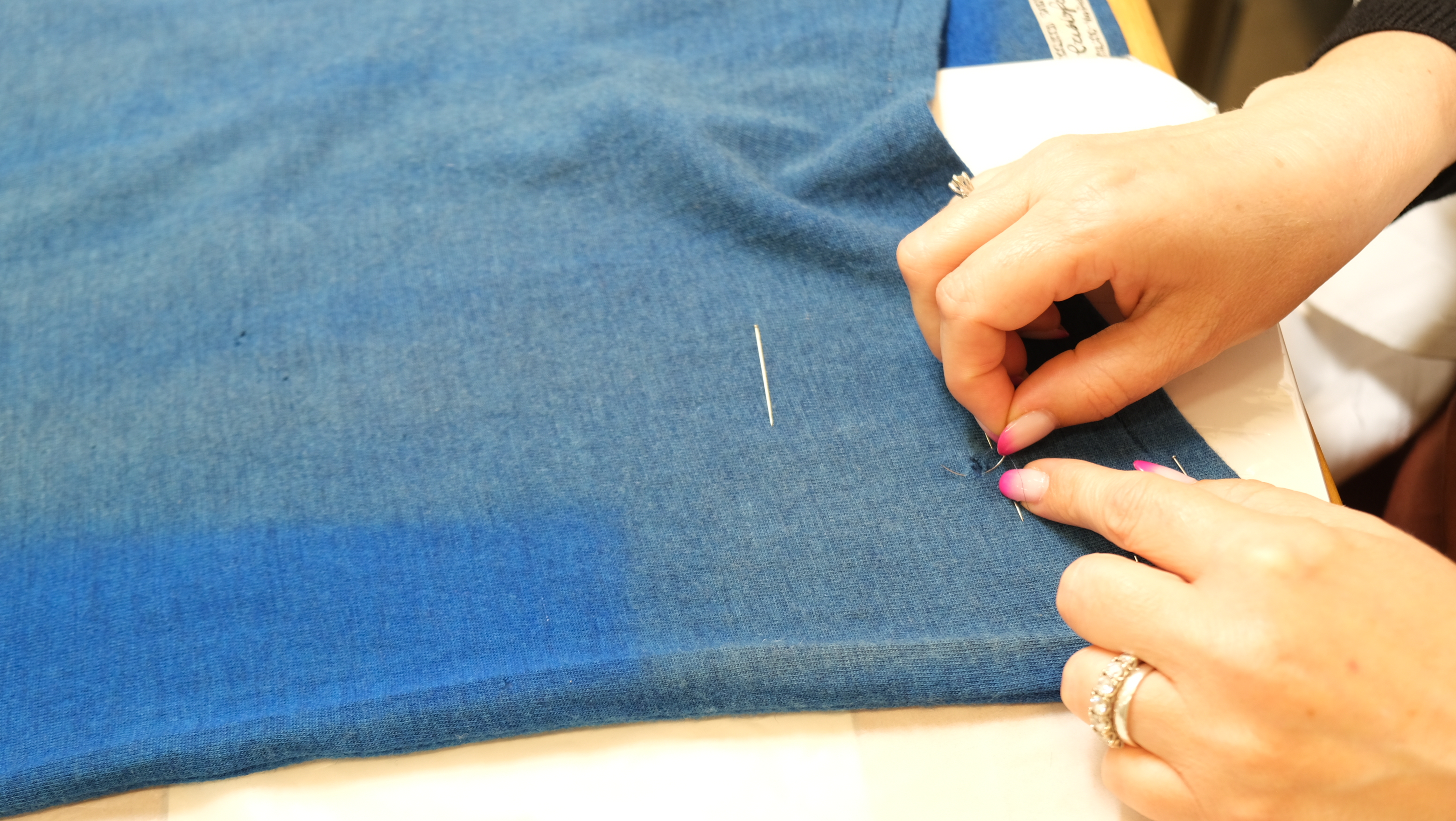
Katia Serra donates Azzurre shirt: “Incredibly rewarding”
13 February 2025
Thursday, July 11, 2024

A path of restoration and conservation to maintain the extraordinary heritage of the musem: thanks to the collaboration with the Egyptian Museum in Turin and the Textile Museum in Prato, the Coverciano Football Museum (Museo del Calcio) has undertaken a process to protect some prized items, shirts that tell the story of the Italy National Football Team.

Thanks to the support of the Egyptian Museum's managing director in Turin, Samanta Isaia, who is also a member of the Scientific Committee of the Football Museum itself, the museum in Coverciano has thus begun the process of restoring nine shirts. These jerseys are part of a period of great success in Azzurri history, from the 1930s to the 1960s: the shirts of Giovanni Ferrari (1934 World Cup), Alfonso Negro (1936 Olympics) and Amedeo Biavati (1938), that testify to two world cup trophies and the Olympic gold of those unbeatable Azzurri, before continuing with the shirt from Silvio Piola's debut for the National Team (in 1935 in the International Cup; a shirt that was subsequently embroidered by his mother) and the only Azzurri shirt worn by Nereo Rocco in his career as a footballer (qualification for the 1934 World Cup, against Greece. For the record, that was the only time in which the hosts had to go through World Cup qualification).

Also undergoing restoration is the wonderful Silvio Piola shirt worn in 1939 in a friendly against Finland. It was the first Azzurri shirt with numbers on the back. Before there were no numbers to identify players...
And then, finally, the shirts of Boniperti (1947), Armando Picchi (1964) and Gigi Riva (1967, qualification for the European Championships, which was then won by the Azzurri).
In short, a great path that involved other museums to make these pieces of memorabilia from the Coverciano Football Museum truly more unique and beautiful.
Photo from the lab at the Textile Museum in Prato